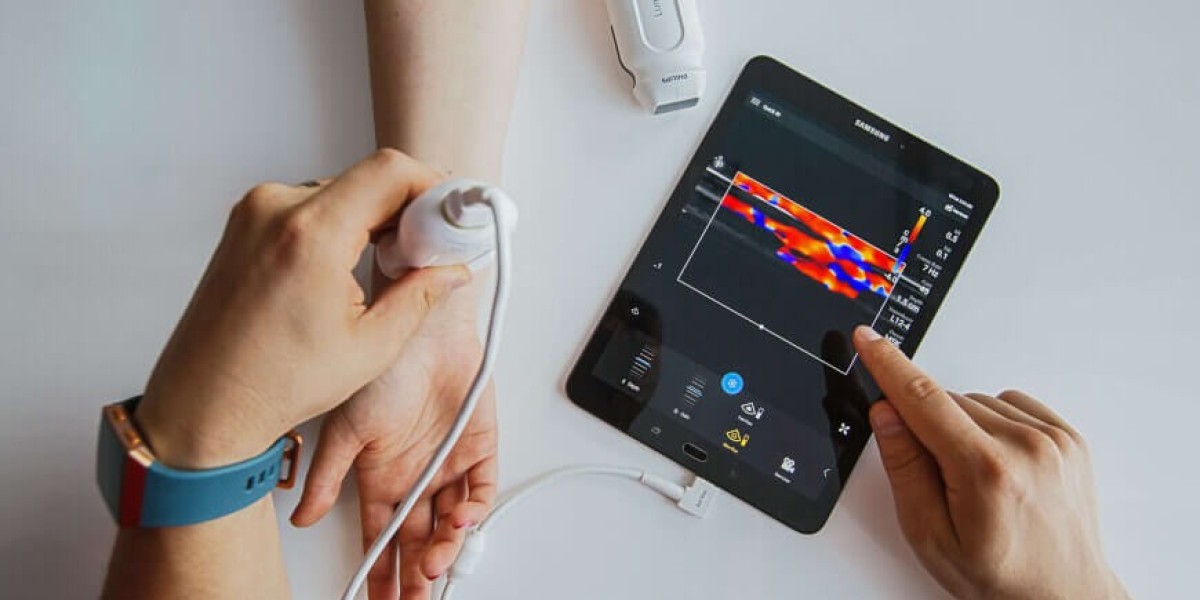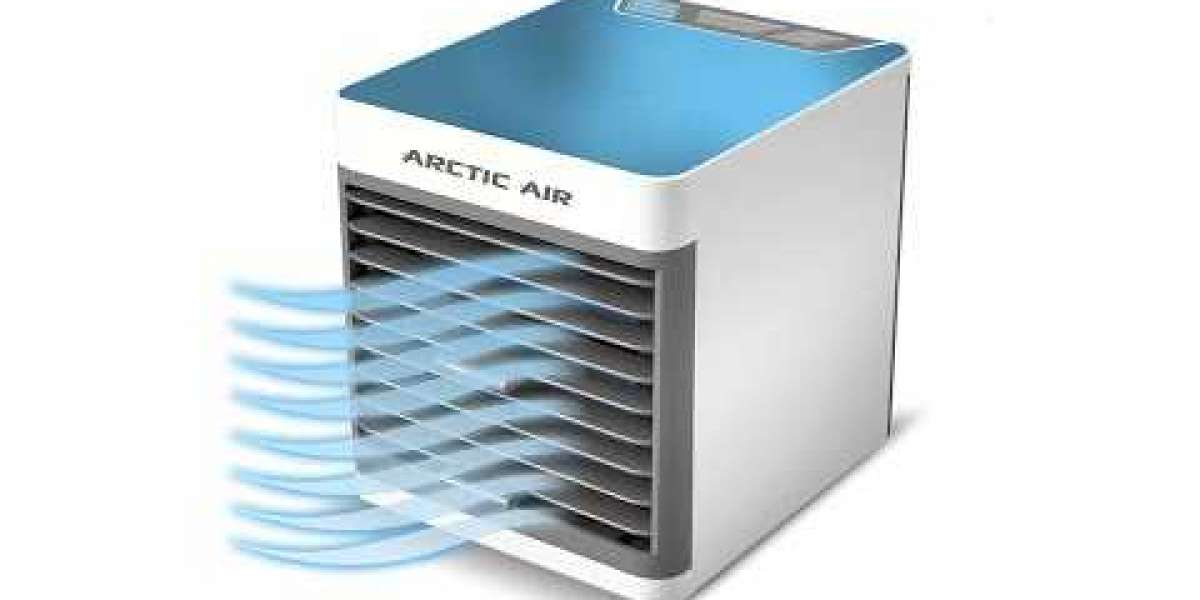Portable Medical Technologies Enabling Point-of-Care Diagnosis
Portable medical devices have enabled doctors and healthcare workers to diagnose and monitor patients anywhere. These compact devices allow for point-of-care diagnosis without needing to visit a hospital or clinic. One of the biggest advantages of portable diagnostics is that they provide timely results. This is extremely useful in emergency situations where quick diagnosis can mean the difference between life and death. It also benefits patients in rural areas who do not have easy access to large hospitals. Some examples of portable diagnostic devices include portable ultrasound machines, ECG monitors, blood gas analyzers and glucose monitors.
Ultrasound machines have become highly portable in recent years. Handheld ultrasound devices weigh less than 3 pounds and provide high quality images that can detect medical issues ranging from gallstones to heart problems. They are being increasingly used in emergency rooms and ambulances for rapid assessment of trauma patients. Portable blood gas analyzers allow medical practitioners to instantly check blood oxygen and pH levels at the patient's bedside. This helps diagnose conditions like respiratory distress and metabolic acidosis without delay. Compact glucose monitors have revolutionized diabetes management by enabling patients to check their sugar levels anywhere using a small drop of blood.
Wearable Medical Devices for Continuous Patient Monitoring
Wearable medical devices have taken patient monitoring to the next level by allowing for around the clock tracking of vital signs outside of clinical settings. Smartwatches and fitness trackers integrated with healthcare capabilities are becoming popular for remote patient monitoring. These devices can measure metrics like heart rate, ECG, blood oxygen levels, activity patterns and sleep overnight. The data is transmitted to the cloud for healthcare providers to access from anywhere. This enables early detection of adverse changes indicative of worsening illness. It is proving especially useful for managing chronic conditions, post-operative care and checking recovery of elderly patients living alone.
Some examples of advanced wearables for medical use include heart rate monitoring chest straps, blood pressure cuffs that sync with smartphones, and portable ECG patches. Continuous glucose monitoring systems have revolutionized diabetes management by alerting patients to dangerous highs and lows via an app on their phone. This allows for timely response without needing to prick fingers multiple times daily. Smart inhalers collect usage data that doctors can review to improve asthma treatment plans. The growing capabilities of mobile health will transform chronic care from episodic office visits to proactive remote surveillance. It empowers patients to play a bigger role in self-management outside of clinical settings.
Mobile Health Applications Impacting Healthcare Delivery
The availability of medical applications or 'apps' has enhanced the functionality of portable devices to deliver care. Health apps turn smartphones and tablets into versatile point-of-care tools. Examples include electronic health record apps, medication management apps, telehealth apps and remote consult apps. EHR apps allow physicians to view patient records, add notes and prescriptions, order tests and share files from anywhere. These help streamline care coordination especially in emergencies. Medication management apps remind patients of dosages and schedules. They integrate with wearables and home devices to track adherence.
Telehealth apps enable video or audio consultations with doctors without needing an in-person visit. This is removing geographical barriers to accessing specialists. They proved especially useful during the pandemic allowing continuity of non-emergency care. Remote patient monitoring apps collect data from connected devices on vital signs and symptoms. AI-powered algorithms then detect any abnormalities and alert clinicians. This facilitates remote intensive care of high-risk patients at home. Medical calculators, drug reference apps, imaging viewers and health library apps available on portable devices are augmenting learning and clinical decision making. The trends suggest the role of smartphones and tablets is evolving from just a convenience to a necessity in future healthcare delivery models.
Advancing Point-of-Care Testing through Lab-on-a-Chip Technology
Lab-on-a-chip or microfluidic technology is a growing field that aims to miniaturize full laboratory functions onto portable devices the size of a credit card. This approach has the potential to transform point-of-care applications by enabling complex lab tests in almost any setting. It uses microscale channels etched on chips to manipulate tiny volumes of fluids to isolate, analyze and detect biomarkers. Lab-on-chip devices are being developed and tested for applications like rapid pathogen identification, disease screening, blood counts and more from finger-prick amounts of blood or saliva.
One startup has developed a credit card sized diagnostic tool that can identify viruses, bacteria and antibiotic resistance directly from nasal/throat swabs in under 30 minutes. This has game changing implications for managing infectious outbreaks and antibiotic stewardship. Researchers are also working on lab-on-chip devices that can diagnose diseases like cancer by detecting circulating tumor cells, proteins or nucleic acid signatures in blood. If successful, it would allow for community level screening and earlier treatment. Many technical challenges still remain before lab-on-chip becomes mainstream. But it holds promise to make high complexity diagnostics widely accessible at the point-of-need globally.
Regulatory Challenges and Safety Considerations for Mobile Medical Technologies
While Portable Medical Devices offer obvious benefits, ensuring their safety, effectiveness and appropriate regulation present ongoing challenges. As more medical capabilities become integrated into consumer products, traditional regulatory frameworks need modernizing. Streamlined regulatory pathways were established for lower risk general wellness mobile apps but high-risk medical devices must still undergo rigorous review and oversight. Software as a Medical Device (SaMD) has emerged as a new category but standards are still evolving. Factors like cybersecurity risks from wireless connectivity, data privacy, remote software upgrades and post-market device maintenance require close monitoring.
Prescription requirements, clinician involvement, testing standards and reporting adverse events also need consideration for consumer-oriented technologies. There are safety concerns regarding usability flaws and overreliance on devices without clinical background checks especially for vulnerable groups like children, elderly or those with disabilities. Public-private partnerships are helping address some of these challenges through resources like precertification programs and digital health software precertification pilots. While innovation should not be stifled, sufficient regulatory safeguards remain imperative to ensure technologies live up to their promise to improve patient outcomes. The future will likely see a balanced, risk-based approach balancing access and safety as these technologies continue transforming healthcare delivery globally.
In conclusion, portable medical devices powered by technological advancements are revolutionizing healthcare delivery systems around the world. By enabling point-of-care diagnosis, remote patient monitoring and enhancing access to care through mobile health applications, it aims to shift treatment models from hospital-centric to patient-centric and home-based care. While some challenges in regulation, evidence and cybersecurity aspects need addressing, the future of healthcare undoubtedly points towards greater use of these innovative mobile technologies which hold tremendous potential to improve patient outcomes, especially in difficult to access locations globally.
Get more insights on Portable Medical Devices
About Author:
Money Singh is a seasoned content writer with over four years of experience in the market research sector. Her expertise spans various industries, including food and beverages, biotechnology, chemical and materials, defense and aerospace, consumer goods, etc.
(https://www.linkedin.com/in/money-singh-590844163)



